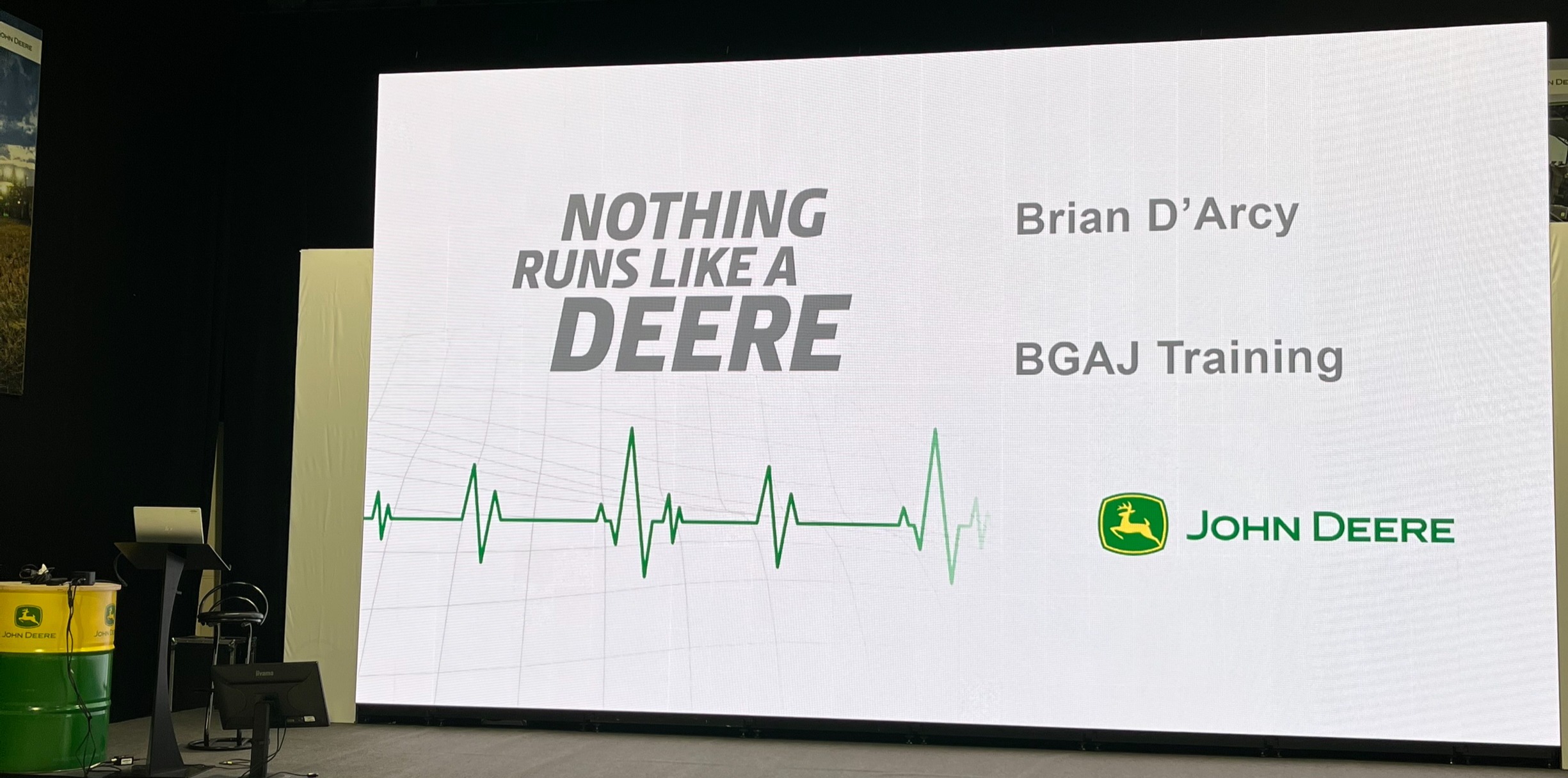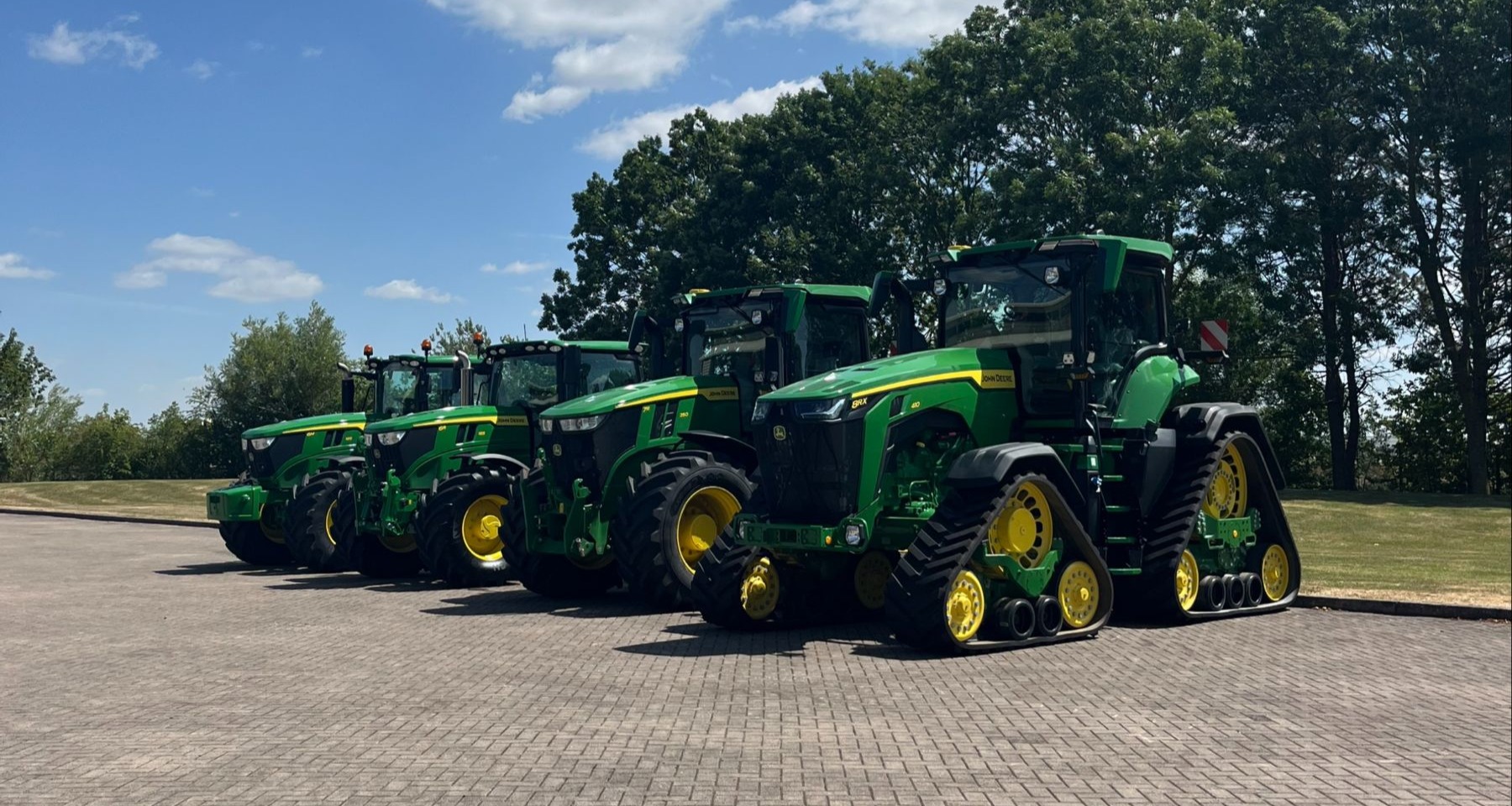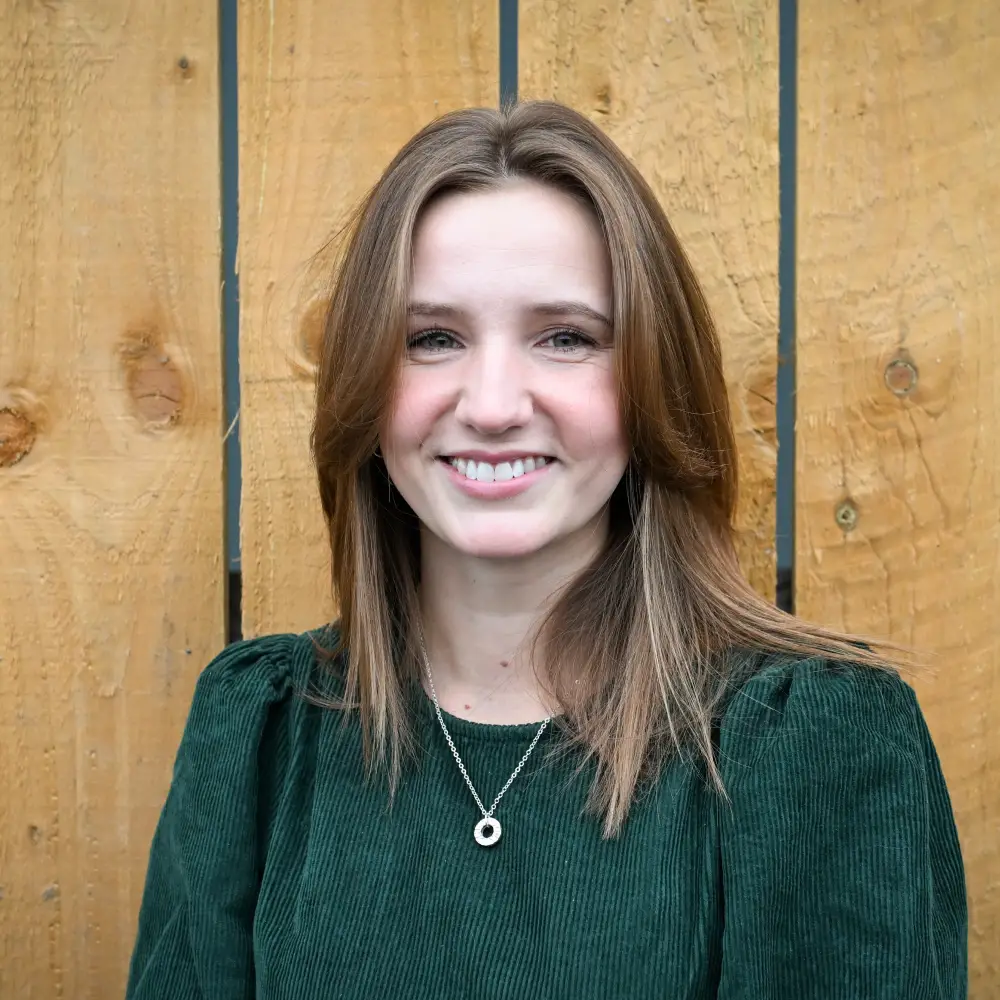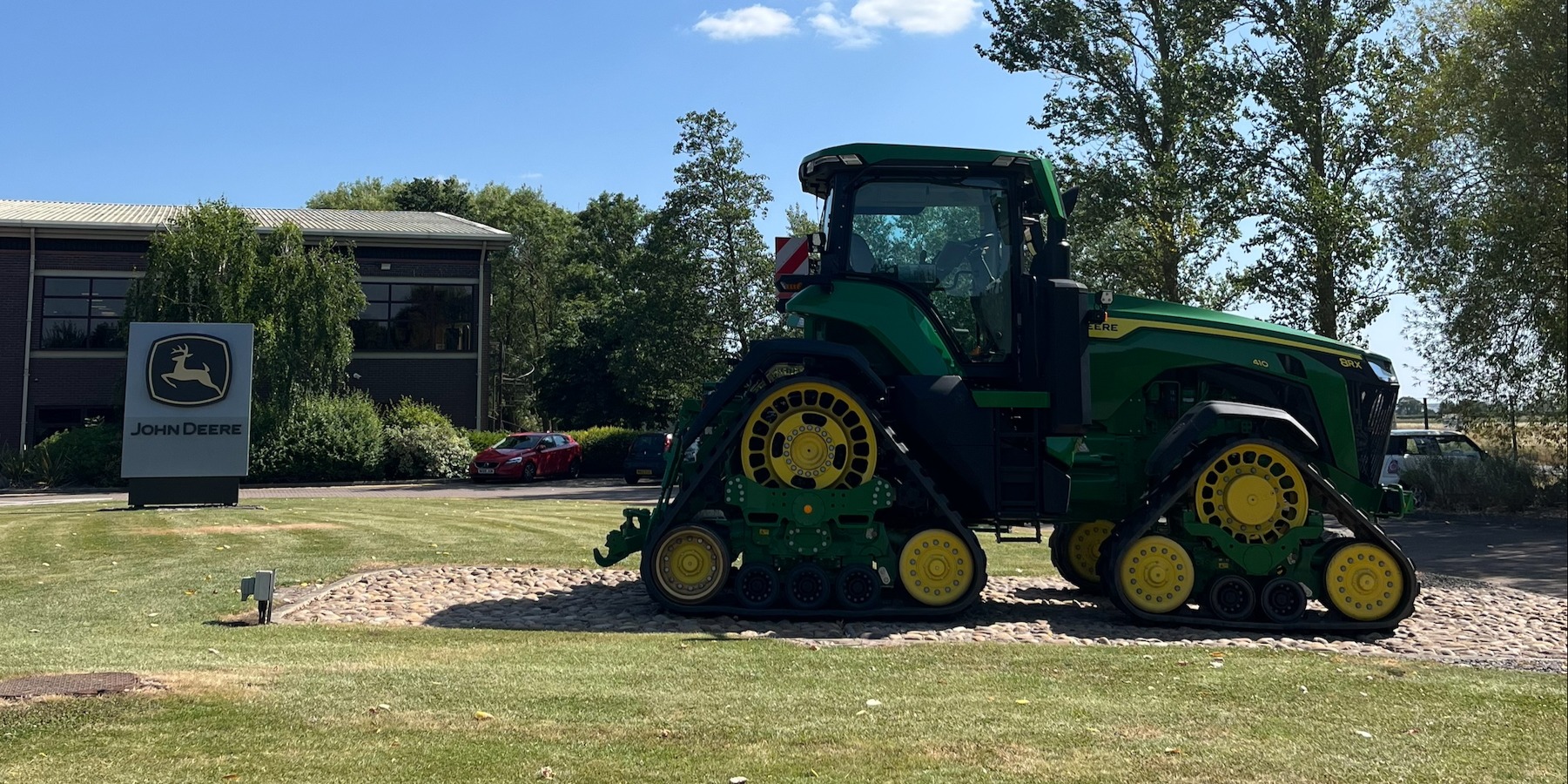
Cultivating journalism skills at John Deere with the Guild of Agricultural Journalists
Erica Thomas attended the BGAJ John Deere journalism course and is sharing her insights and newly enhanced communications skills.
Cultivating skills at the BGAJ John Deere journalism course
Since joining Pinstone as a PR account executive last year, I have learned and experienced a wealth of new things, from feature writing through to interviewing and SEO optimisation.
Keen to expand my growing skillset in agricultural PR and journalism, I jumped at the opportunity to apply for the industry-renowned British Guild of Agricultural Journalists (BGAJ) John Deere training course. This year marked the 30th anniversary of the workshop, and it was a privilege to be a part of.
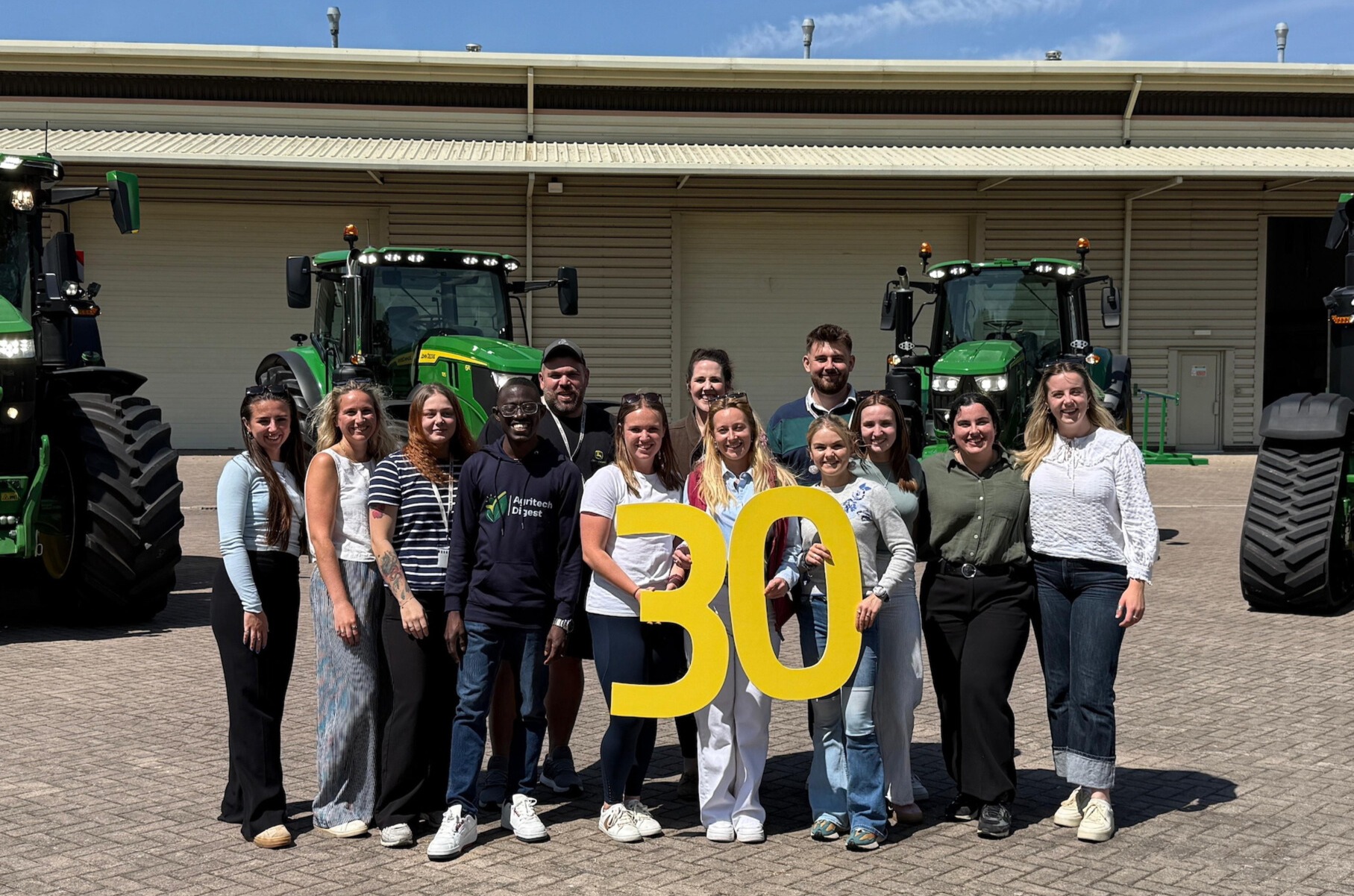
What is the role of agricultural journalism?
A key takeaway from the course was a deeper understanding of the vital role journalism plays in supporting and informing UK agriculture.
We heard from industry experts, including markets editor at Farmers Weekly, Charlie Reeve, and head of news and business at Farmers Guardian, Alex Black.
During his presentation, Charlie defined the role of agricultural journalism as sharing news and information, and simplifying complex topics using expert opinions and advice, while supporting UK agriculture.
David Mascord, who led the three-day course, demonstrated how we can effectively fulfil this purpose through the power of words.
Back to basics
Throughout the course, we were reminded of the importance of going ‘back to basics’ in journalism, beginning with a crucial question:
What is news?
This seemingly simple question expanded into several others:
What makes something newsworthy?
Who is the audience?
Is the focus on the past, present or future?
Our conclusion:
News is something which has a level of impact on a specific audience with people, change and events at the heart.
Asking yourself, ‘what is the news?’ is the first step to finding the journalistic ‘hook’, but several factors must be considered to craft a story that resonates with your reader.
The basis to writing effectively
The purpose of news story is different to that of a feature.
As one of my fellow course participants put it: one tells you something – one teaches you something.
News stories are typically timely, and more formal, with an aim to share specific information, whereas features tend to be longer, more varied and resonate from a thought, or issue-led perspective.
But the questions you ask yourself as a writer, remain the same:
Who? What? Where? When? How?
For journalists, the ‘five Ws’ concept is not left in the classroom but exists as the starting point to any copywriting exercise – another case of going back to basics.
Interviewing top tips
Since joining Pinstone, the team has helped me to push out of my comfort zone and start to hone my interviewing skills. On the course, I took the opportunity to cover the theory again and take note of some valuable top tips from experts at the course:
- Keep questions simple
- Consider the type of questions required e.g. closed, open, leading
- Think actively about what the interviewee is saying
- Do not be afraid to push back if you are not satisfied with an answer
- Consider questions carefully for short interviews
- Pause – give them time to answer fully.
An exercise which provided a novel learning experience for me was a press conference scenario.
John Deere recently launched their new F8 and F9 forage harvesters and we were tasked with attending a mock press conference to later write up the product launch.
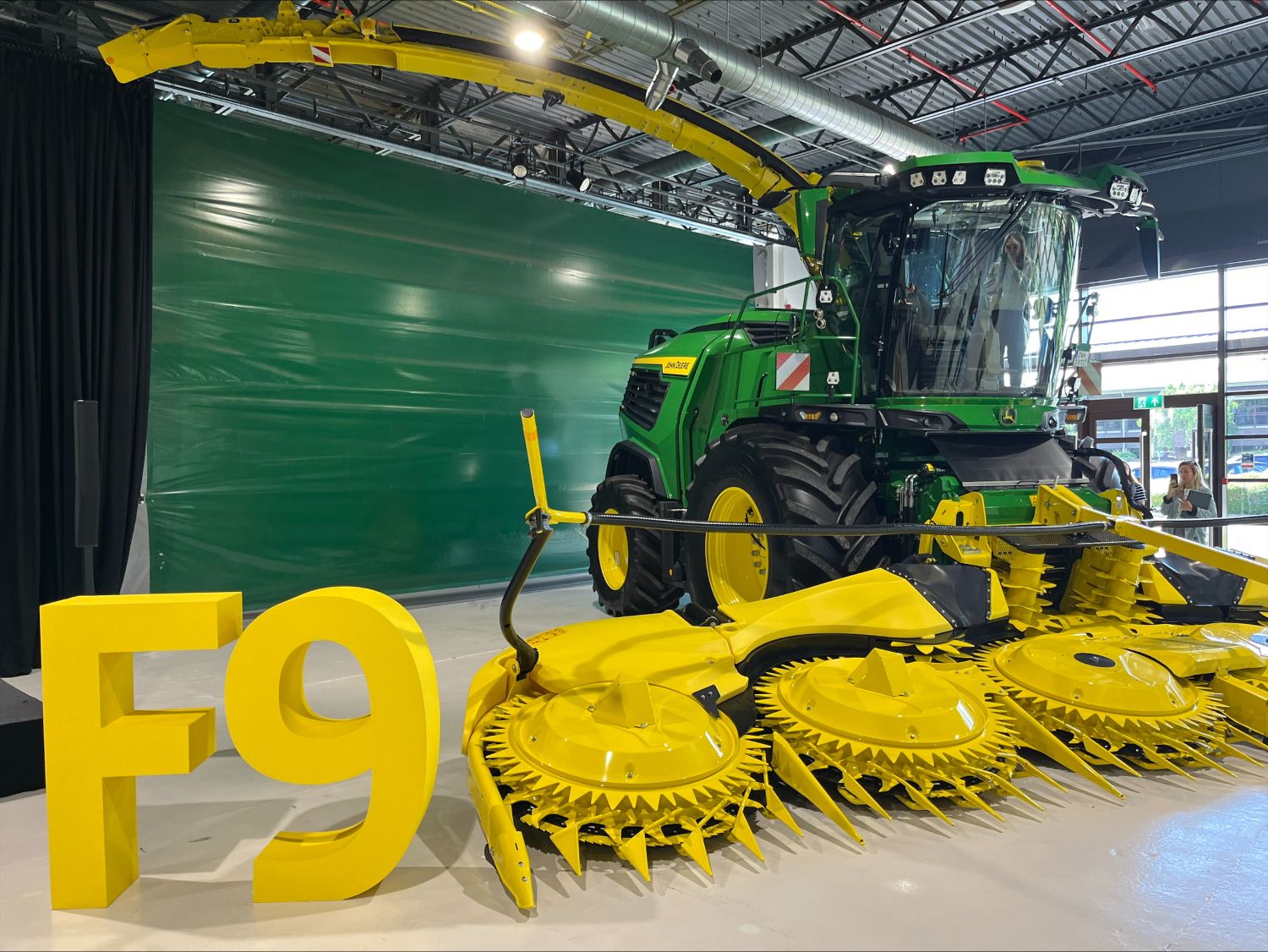
I found myself initially overwhelmed by a mass of technical jargon related to engines, horsepower and yield mapping, but this only encouraged me to listen actively and be more inquisitive.
It also taught me the importance of seeking out and identifying the important information. Don’t write everything down… there isn’t always time.
We also had the opportunity to drive some John Deere tractors - something else outside of my comfort zone but I could not resist giving it a go!
Learning from peers
As well as the content of the course, I found speaking to my 12 course counterparts equally as valuable and rewarding.
Their experiences were diverse, spanning across several roles in the industry, including reporters, marketing managers, freelancers and digital content creators, as well as new entrants.
Their past and present experiences taught me a lot, including:
- Learning to find ‘the hook’ often comes with experience
- How an article looks - digitally and in print - is as important as its content to attract a reader
- The ag-journalism industry welcomes and encourages new talent – a lack of experience should not deter you from starting something new.
The keys to success
Several other top tips stood out to me during my time on the course including:
- Talk to people - always be inquisitive, and don’t make assumptions
- Read widely and be critical
- Remember the reader
- Aim for clarity
- Be specific
- Check everything.
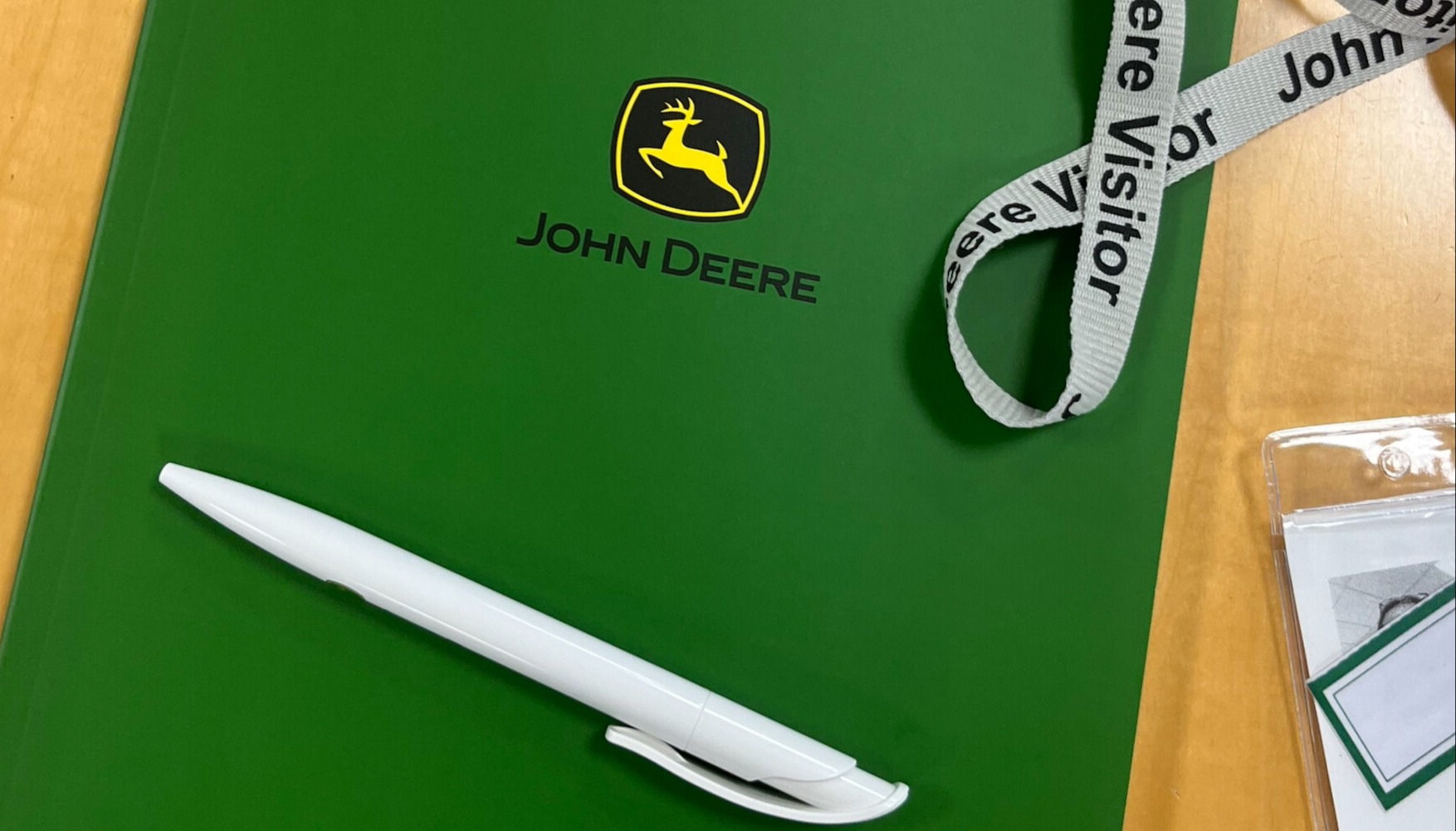
Networking is inspiration
Since starting my role as account executive at Pinstone, I have been constantly inspired by people I have met along the way, and my experience on the BGAJ John Deere training course was no different.
Beyond the skills I gained, I left the course with a renewed confidence in my abilities as a writer and brand-new contacts added to my network – something that is proving invaluable in my role.
Returning from the course, I think my exact words were – “I just want to get on and write!”, and I truly do.
I would actively encourage any aspiring agricultural journalists or PR consultants to apply. The course lives up to its excellent reputation and is a rare opportunity to gain practical skills and insights from experts in the field.
I am so grateful to be a part of a company like Pinstone that opens doors and encourages me to embrace new opportunities such as this.
I look forward to putting my new skills into practice!
More recent insights

The power of visual storytelling in the fight for family farms
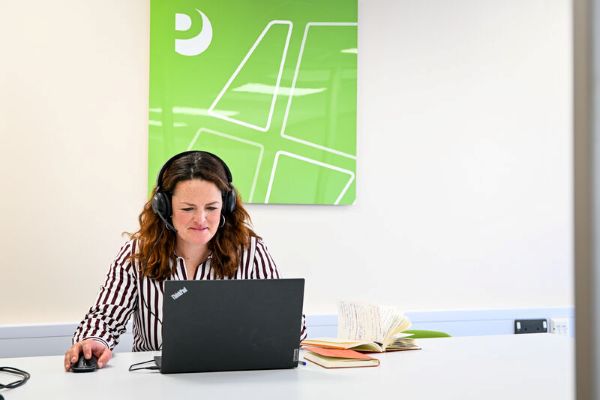
Why hire a PR agency when you could employ someone?
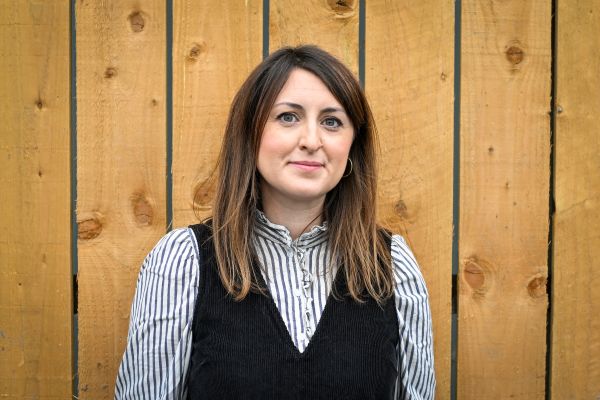
How useful is AI in agri communications and PR?

Sign up to our newsletter
Keep your finger on the pulse.
